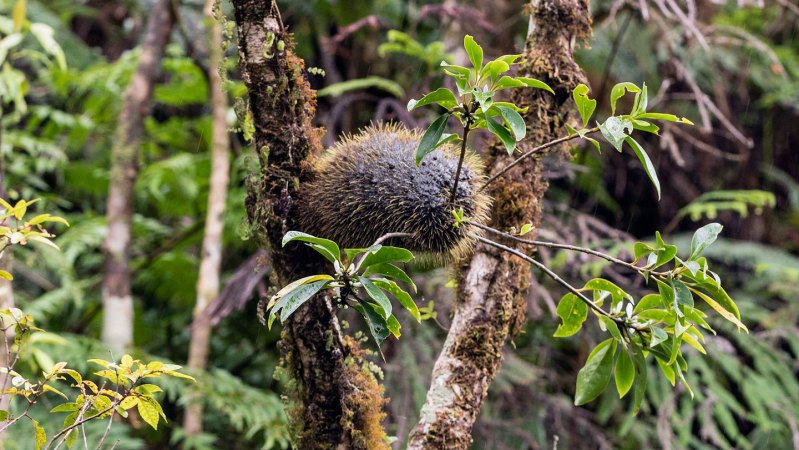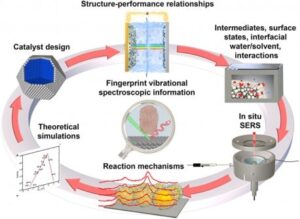
Recent research has unveiled a fascinating relationship between certain plants found in the treetops of Fiji and aggressive ant species. These unique ball-like plants not only provide shelter for the ants but also create an environment where they can coexist without conflict. This remarkable interaction benefits both the ants and the plants, showcasing the complexity of natural ecosystems.
The plants, which resemble small green balls, have evolved to form intricate structures that act as protective condominiums for the ants. According to a study published in the journal *Nature Ecology & Evolution*, these adaptations allow different ant species, which typically engage in fierce territorial disputes, to inhabit the same area without significant aggression. The plants effectively separate warring species, reducing competition and fostering a unique ecological balance.
The architecture of these plants is designed to attract ants, providing them a safe haven while simultaneously benefiting from their presence. Ants contribute to the plants’ health by depositing valuable droppings that serve as nutrients. This mutualistic relationship is a prime example of how different species can coexist and benefit from one another, even in competitive environments.
Research led by Dr. Emma Thompson from the University of the South Pacific indicates that this dynamic is crucial for maintaining biodiversity in the region. “The ability of these plants to house aggressive ant species without conflict illustrates the remarkable adaptability of nature,” Dr. Thompson stated. “It highlights the importance of preserving these unique ecosystems.”
Fiji’s diverse flora and fauna are under threat from climate change and deforestation. The findings of this research underscore the need for conservation efforts to protect these vital habitats. By understanding the interactions between species, conservationists can better strategize how to maintain ecological balance in the face of environmental challenges.
The study not only sheds light on the symbiotic relationship between the plants and ants but also provides insight into the broader implications for ecosystem management. As human activities continue to impact natural habitats, recognizing and preserving these intricate relationships becomes increasingly important.
In summary, the study of Fijian plants and their unique accommodations for violent ants reveals a complex and beneficial interaction that underscores the importance of biodiversity. As researchers continue to explore these relationships, their findings may inform strategies for conservation and ecosystem management in the future.







